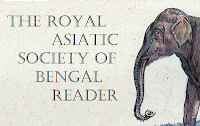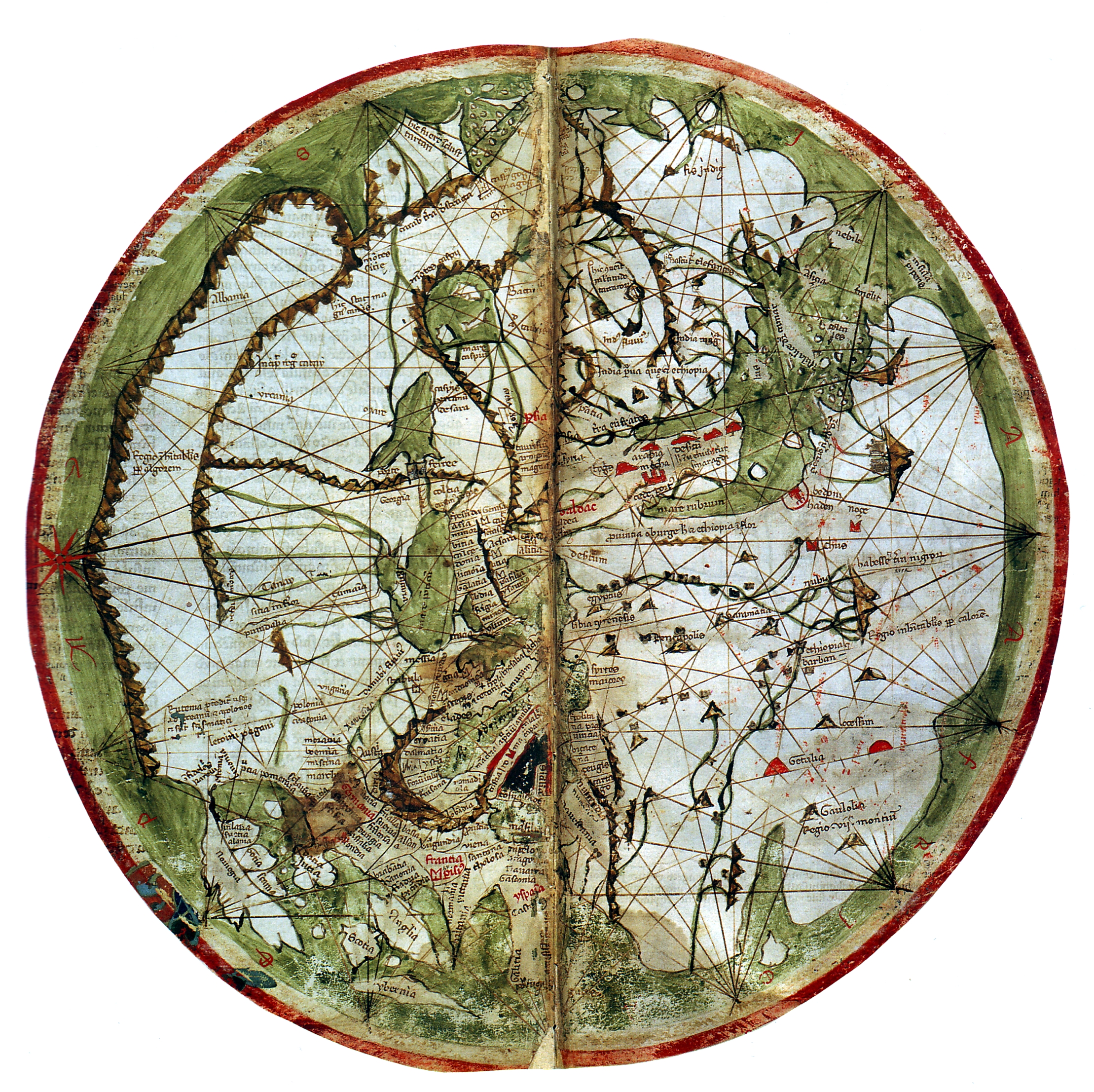[First posted in AWOL 16 July 2011. Most recently updated 11 September 2013]
The Royal Inscriptions of the Neo-Assyrian Period
The Royal Inscriptions of the Neo-Assyrian Period
Numerous royally commissioned texts were composed between 744 BC and 669 BC, a period during which Assyria became the dominant power in southwestern Asia. Six hundred to six hundred and fifty such inscriptions are known today. The Royal Inscriptions of the Neo-Assyrian Period (RINAP) Project, under the direction of Professor Grant Frame of the University of Pennsylvania, will publish in print and online all of the known royal inscriptions that were composed during the reigns of the Assyrian kings Tiglath-pileser III (744-727 BC), Shalmaneser V (726-722 BC), Sargon II (721-705 BC), Sennacherib (704-681 BC), and Esarhaddon (680-669 BC), rulers whose deeds were also recorded in the Bible and in some classical sources. The individual texts range from short one-line labels to lengthy, detailed inscriptions with over 500 lines (2500 words) of text.
These Neo-Assyrian royal inscriptions (744-669 BC) represent only a small, but important part of the vast Neo-Assyrian text corpus. They are written in the Standard Babylonian dialect of Akkadian and provide valuable insight into royal exploits, both on the battlefield and at home, royal ideology, and Assyrian religion. Most of our understanding of the political history of Assyria, and to some extent of Babylonia, comes from these sources. Because this large corpus of texts has not previously been published in one place, the RINAP Project will provide up-to-date editions (with English translations) of Assyrian royal inscriptions from the reign of Tiglath-pileser III (744-727 BC) to the reign of Esarhaddon (680-669 BC) in five print volumes and online, in a fully lemmatized and indexed format. The aim of the project is to make this vast text corpus easily accessible to scholars, students, and the general public. RINAP Online will allow those interested in Assyrian culture, history, language, religion, and texts to efficiently search Akkadian and Sumerian words appearing in the inscriptions and English words used in the translations. Project data will be fully integrated into the Cuneiform Digital Library Initiative (CDLI) and the Open Richly Annotated Cuneiform Corpus (Oracc).
The National Endowment for the Humanities awarded the RINAP Project research grants in 2008 and in 2010 to help carry out its work. The publications of the RINAP Project are modeled on those of the now-defunct Royal Inscriptions of Mesopotamia (RIM) Project and carry on where its Assyrian Periods sub-series (RIMA) ended.Main menu
- About the Project
- Neo-Assyrian History
- Browse Online Corpus
- Browse Online RINAP 1 Corpus
- Browse Online RINAP 3 Corpus
- Browse Online RINAP 4 Corpus
- Publications
- Names Index
- Index of Museum Numbers
- Index of Excavation Numbers
- Index of Excavation Photograph Numbers
- Texts Listed by Object Type
RINAP is a component of Oracc: The Open Richly Annotated Cuneiform Corpus




























